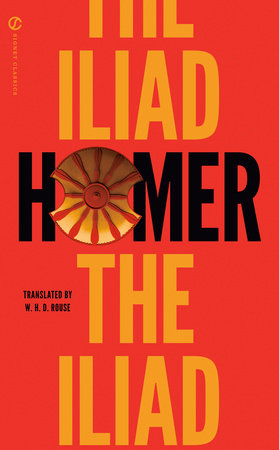May Day, or May 1, is the traditional celebration of springtime in the Northern Hemisphere and more recently the international public holiday to commemorate the achievements of labor and to honor working people. Outside the United States, it is commonly known as International Workers’ Day or Labor Day, the latter sharing the name of the American holiday celebrated on the first Monday of September. Today, most May Day activities, with the noticeable exceptions being those held in the United States and Canada, involve protests and anti-establishment demonstrations.
Originally a Celtic celebration of the forces of summer overcoming winter’s grip on the land, May Day traditions typically include a maypole, an uprooted tree from the woods replanted within a settlement around which celebrants would dance with herb and flower garlands. In England during the late Middle Ages, such fertility and regeneration rites gave way to anti-establishment and proto-communist sentiments as the legend of Robin Hood was integrated into May Day festivities.
The modern holiday marked by workers’ celebrations and agitation originated in the United States in 1886 as part of the push for the eight-hour workday. Although dating from as early as 1829, the impetus for a shortened workday significantly increased throughout later nineteenth-century America, culminating in six states and several cities legislating the new standard. In 1856, Australian workers chose April 21 as a day of strikes demanding an eight-hour workday. In 1868, the US Congress passed its own eight-hour law for federal laborers after a national campaign elicited more than 10,000 petition signatures. However, most of these state and municipal laws were filled with so many loopholes that in practice very few workers benefited from them. By 1877, even federal protection eroded as the Supreme Court unanimously held that the eight-hour law did not apply to government contracts. The ten-hour/six-day workweek returned, with many industries forcing their employees to work in excess of this norm.
Throughout the 1880s, the Knights of Labor, the largest and most important labor union in the United States, renewed the call for a reduction of the workday to eight hours. Organizing both skilled and unskilled workers as well as welcoming African Americans and women into their ranks, the Knights of Labor sought a legislative solution to their demands instead of relying on strikes. Their efforts largely failed. The Federation of Organized Trades and Labor Unions of the United States and Canada, an allied union that had been founded in 1881 in Pittsburgh by members of the Knights as well as Marxists and ex-socialists, also sought a legal channel to their goals. But the outside influence, especially that spearheaded by Peter J. McGuire of the Brotherhood of Carpenters and Joiners, helped direct the Federation toward more militant action to secure the shorter workday, calling for the workers to enforce the eight-hour limit themselves as of May 1, 1886.
Throughout its history, labor has chosen specific dates on which to enforce its demands, and most general strikes in the US were initiated on July 4 as a sort of “second independence day.” It is not known exactly why the Federation chose May 1. Perhaps it was because labor typically negotiated new contracts on this day, usually at folk May Day celebrations. The date also may have been a nod toward the efforts of previous eight-hour workday movements, especially those in Chicago, where the new ineffectual state law had taken effect on May 1, 1867. Yet instead of celebrations at that time, forty-four trade unions participated in a massive parade to demand strict adherence to the already weak legislation. Although the strikes and demonstrations failed, that May 1 from nineteen years prior set a new benchmark for agitations and combative protests.
From its new beginnings, this Industrial Revolution version of May Day was intended not as a day of rest, à la the already popularly celebrated Labor Day, but rather a day often marked by violent marches and rallies. The 1886 events spanned several days and were accompanied by fierce riots, numerous deaths, and arrest of the movement’s leaders. Part of those events included the Haymarket tragedy in Chicago and the similarly brutal suppression by the police in Milwaukee on the following day.
Although May Day is commonly misunderstood as specifically a commemoration of the Haymarket massacre, there is no causal relationship between the two. In 1890, the American Federation of Labor voted to revive the eight-hour movement on May 1, and at the Second International, held in Paris in 1889, the attendees passed a resolution establishing May Day as an international holiday for the working class.
In the following decades, labor’s goals expanded from the shortened workday to include international solidarity and peace, and the growing movement spread throughout the world. The World Anarchist Federation, a loose association of anti-exploitation, anti-globalization, and environmental groups, declared May Day 2000 an International Day of Action against Capitalism. More recently, various groups not associated with labor at all have co-opted May Day as a day of general protest and demonstration. For example, in present-day Warsaw, the streets are filled with activists rallying support for gender equality and sexual minority protection as well as by social conservatives and skinheads who pelt them with eggs and rocks. Since the original nineteenth-century conflicts, May 1 has also seen many other clashes between marchers and the police, most notably the 1977 Taksim Square Massacre in Istanbul and the 2007 Los Angeles May Day melee, in which a pro-immigration rally turned violent.

